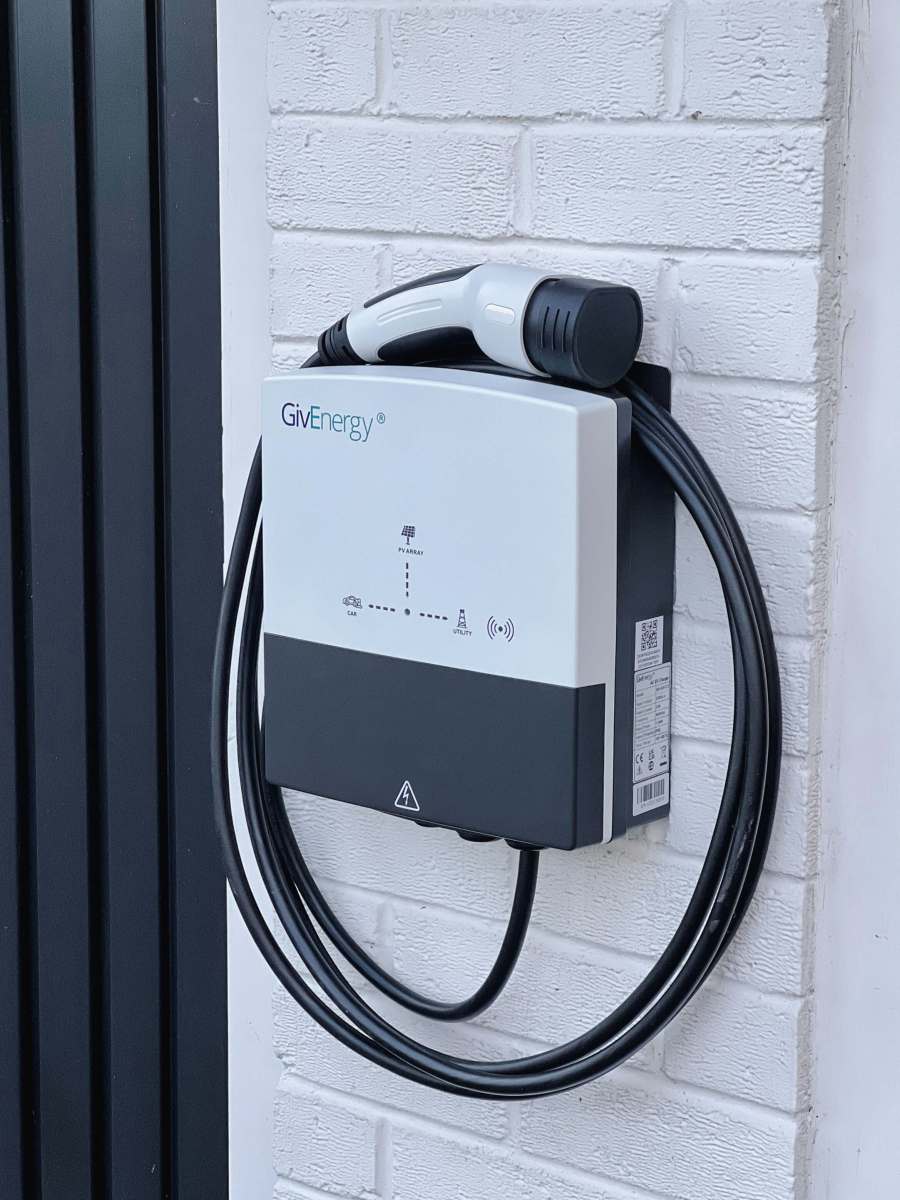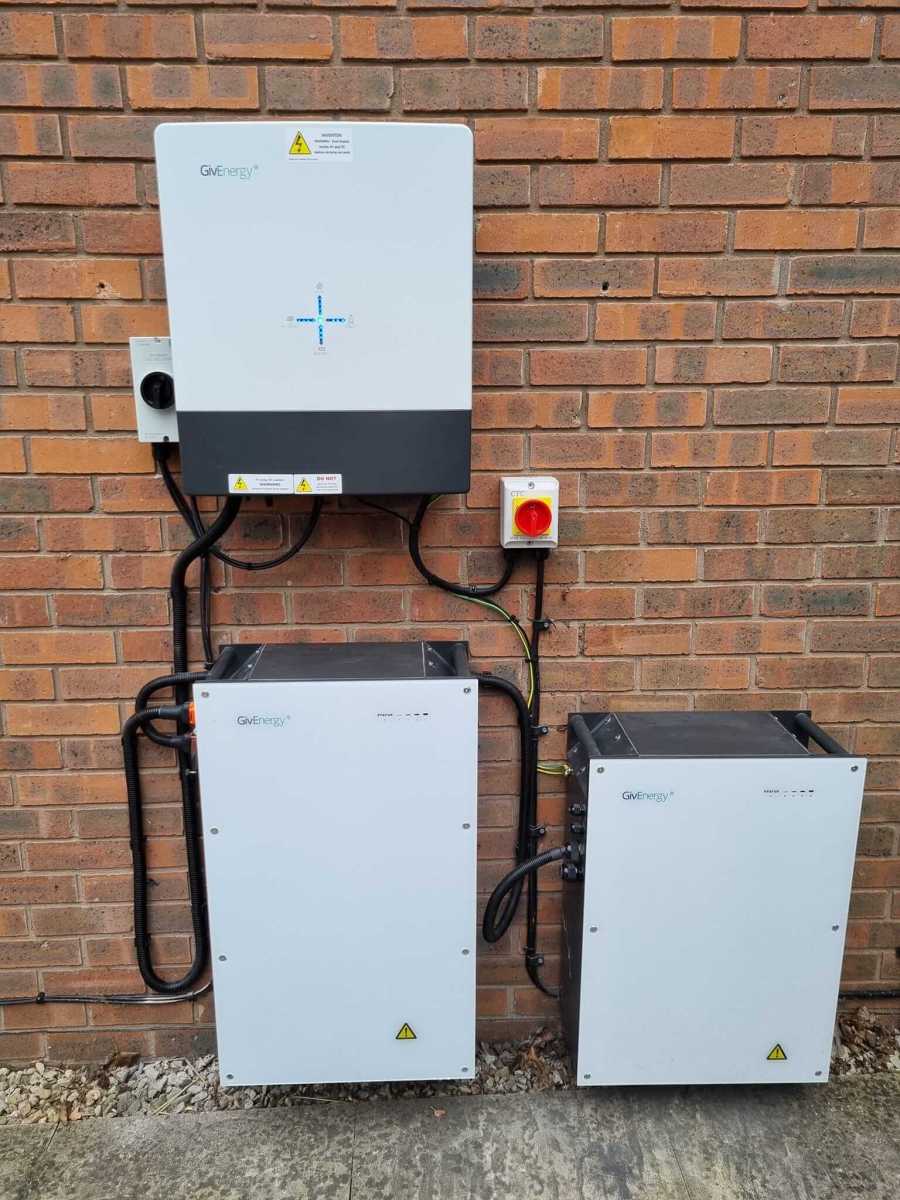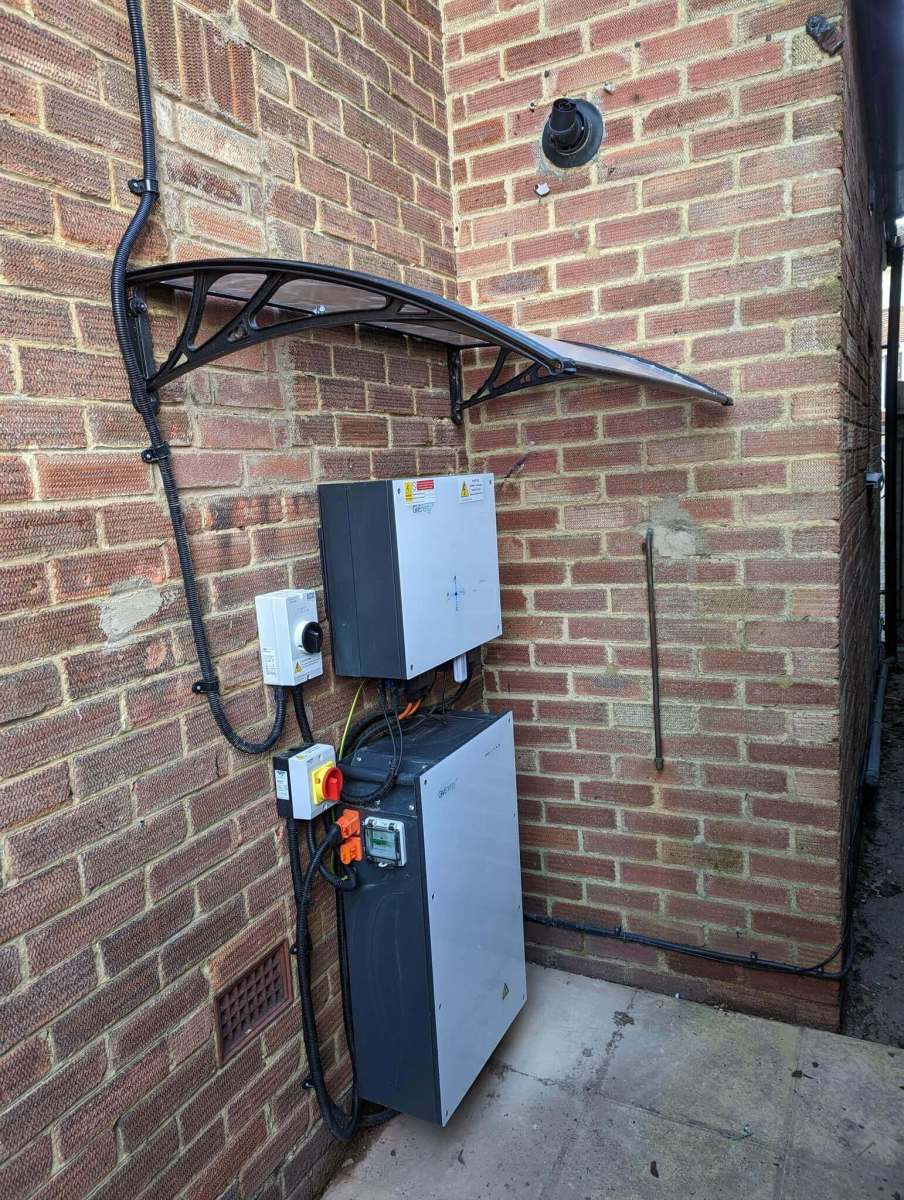Questions answered in this article:
- Why does the UK need a battery strategy?
- What are the key takeaways from the UK battery strategy?
- What does the UK battery strategy have to say about battery storage?
In November 2023, the Department for Business & Trade published the UK battery strategy.
The document outlines the UK’s plans for dealing with the increasingly important role of batteries across transport, the grid, defence, and other areas.

As batteries are at the heart of what we do at GivEnergy, the document has naturally piqued our interest.
Read below to find the answers to some key questions, including what the battery strategy says about battery storage.
Why does the UK need a battery strategy?
As noted in the battery strategy, batteries are ‘essential products in modern, industrialised economies’.
They’re only going to grow in importance as the UK aims for net zero carbon emissions by 2050.
Main drivers of battery demand include:


- Private cars (EVs)
- Electric light commercial vehicles
- Electric HGVs, buses, and other large vehicles
- Micromobility (transportation using light-weight vehicles, such as bicycles or scooters)
- Grid storage
The Faraday Institution suggests UK demand in the above areas will grow from less than 20GWh in 2023 to almost 200GWh by 2040.
Likely growth areas in demand for batteries include the aerospace, rail, and marine sectors.
The strategy also notes batteries as key to national security, helping to underpin the UK’s innovative defence capabilities.
What are the key takeaways from the UK battery strategy?
The full 70-page report is long and detailed. Click here to read the full thing.
For now, we’ll just pick out the parts which most caught our attention.
LiFePO4 and next generation batteries
Lithium iron phosphate (LiFePO4) batteries are emerging as alternatives to Lithium-ion batteries for some electric vehicles.
LiFePO4 are ‘cheaper but heavier, and are better suited to recharging between short trips’. Therefore, they tend to be used in shorter-range, lower-priced electric vehicles.
As it happens, LiFePO4 is the battery of choice for GivEnergy batteries. That’s because it tends to perform better in terms of longevity, safety, and eco-friendliness.


The report then notes emerging next generation batteries, including the following:
- Sodium-ion – a potentially more resilient and price-stable technology
- Lithium-sulphur – research is currently geared towards using them in drones, short-range aircrafts, and satellites
- Solid-state – a potentially useful technology when it comes to creating more efficient battery pack designs
- Metal-air – a potentially high-performance lightweight battery
The UK’s vision and objectives
By 2030, the UK government aims to have a ‘globally competitive battery supply chain’ which supports economic growth and net zero.
The report mentions three key areas of strength, including:
- Battery research expertise – the UK ranks third in the world for research quality
- EV battery startup ecosystem – the UK has the second highest enterprise value in Europe and fourth worldwide
- Automotive manufacturing sector
The report also outlines the DESIGN-BUILD-SUSTAIN strategy.
DESIGN refers to designing and developing smaller, lighter, and better capacity batteries of the future.
BUILD refers to working with domestic and international partners to secure a resilient UK manufacturing supply chain.
SUSTAIN refers to developing a sustainable and thriving sector, including end-of-life and recycling stages.
What does the UK battery strategy have to say about battery storage?
When it comes to domestic battery storage, the answer is: not a lot.

The report notes that sodium-ion batteries could be used in residential battery storage over the next 10 years. Beyond that, the UK battery strategy doesn’t have a whole lot else to say.
However, when it comes to grid-scale battery storage, the report is more detailed.
The UK battery strategy acknowledges the importance of the energy storage sector for grid balancing. This is true when it comes to storing solar and wind power which have hour-to-hour variability.
According to BloombergNEF, UK demand for grid-scale storage will likely rise from less than 2GWh in 2023 to around 20GWh in 2035.
The report goes on to note the various UK-based grid-scale storage projects the government has invested in.
Going further with home battery storage
GivEnergy has been vocal about the need for the UK government to do more when it comes to home battery installations. This would help the UK meet net zero targets, and address other problems, such as fuel poverty.
In particular, GivEnergy CEO, Jason Howlett has called for battery storage to become mandatory in the Future Homes Standard (FHS).
The FHS includes standards for new builds in England set to be introduced in 2025. The new standards aim to reduce carbon emissions by 75% per home compared with current standards.
As of press time, a consultation on the FHS is ongoing. The prospect of including mandatory battery storage has been bolstered by support from 61% of MPs, according to a recent poll.
All of this is not to say the government is ignoring home battery storage. At the beginning of February, 0% VAT came into effect on:
- Battery storage installed alongside solar PV
- Standalone battery storage
- Retrofit storage batteries
If you want to start your home battery journey, find an approved GivEnergy installer today.
Further reading
- 61% of MPs now back mandatory battery installations in new builds
- Introducing… 0% VAT battery storage storage systems
- LiFePO4 battery: what is it & why is it best for BESS?
- What is ESS in the energy storage world? 3 key questions answered
- The missing part of the Future Homes Standard: energy storage








